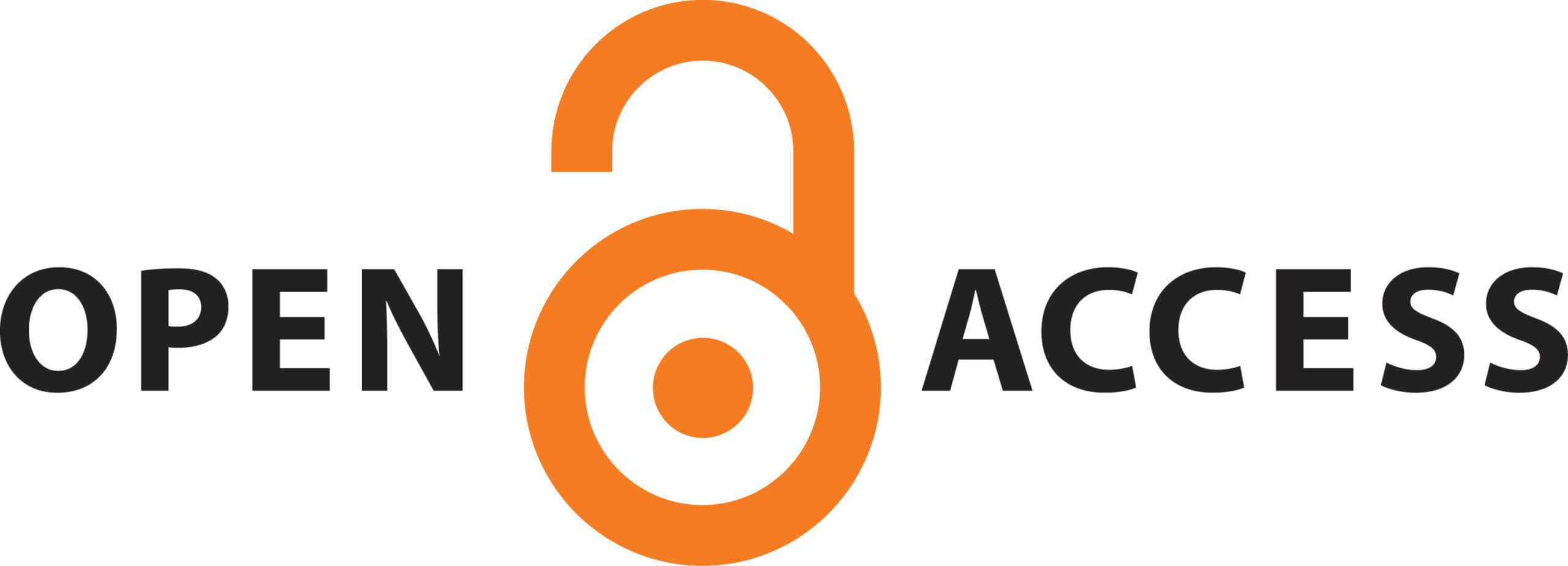Quadrilateral Security Dialogue: India’s Strategic Ambiguities in the Indo-Pacific Region
DOI:
https://doi.org/10.24312/ucp-jhss.02.02.048Keywords:
Quadrilateral Security Dialogue, Indo-Pacific area, Regional balance of influence, India's strategic uncertainties, China's new leadershipAbstract
The Quadrilateral Security Dialogue (QSD) involving Australia, India, Japan, and the United States of America began in 2017 following a decade-long gap, with the objective of ensuring a liberal Indo-Pacific area. These prolonged constraints temporarily harmed Quadrilateral cooperation, but they are not permanent due to the four countries' shared interests in preserving a regional balance of influence, access to the seas, a free economic order based on laws, combating political debt trapping, and reining in China’s assertiveness to claim territories. China's new leadership has been more aggressive and stronger, actively promoting its interests in South China and East China seas and also developing the BRI in order to display hegemonic ambitions. On the other hand, the QUAD States have already responded to China's growing aggressiveness by strengthening their collaboration in a variety of sectors, therefore multiplying the Allied States' capabilities. Despite the enormous harm caused by the Covid-19 epidemic, which presented a serious threat to the member states' economic development, coordination is likely to continue in order to fulfil common goals. The study discusses QUAD's response as well as India's strategic uncertainties in the Indian Ocean owing to China's growing influence in the blue waters. Due to the differing analyses of the threats faced by China, the paper reflects the view that India plays a critical role in the dialogue between the four countries. However, this does not prevent the QUAD Alliance from cooperating more closely on standards, strategic communications, economic policies, and military cooperation in order to preserve the democratic order that has benefited all of them.
Downloads
Published
Issue
Section
License
Copyright (c) 2024 UCP Journal of Humanities & Social Sciences (HEC Recognized-Y Category)

This work is licensed under a Creative Commons Attribution 4.0 International License.






